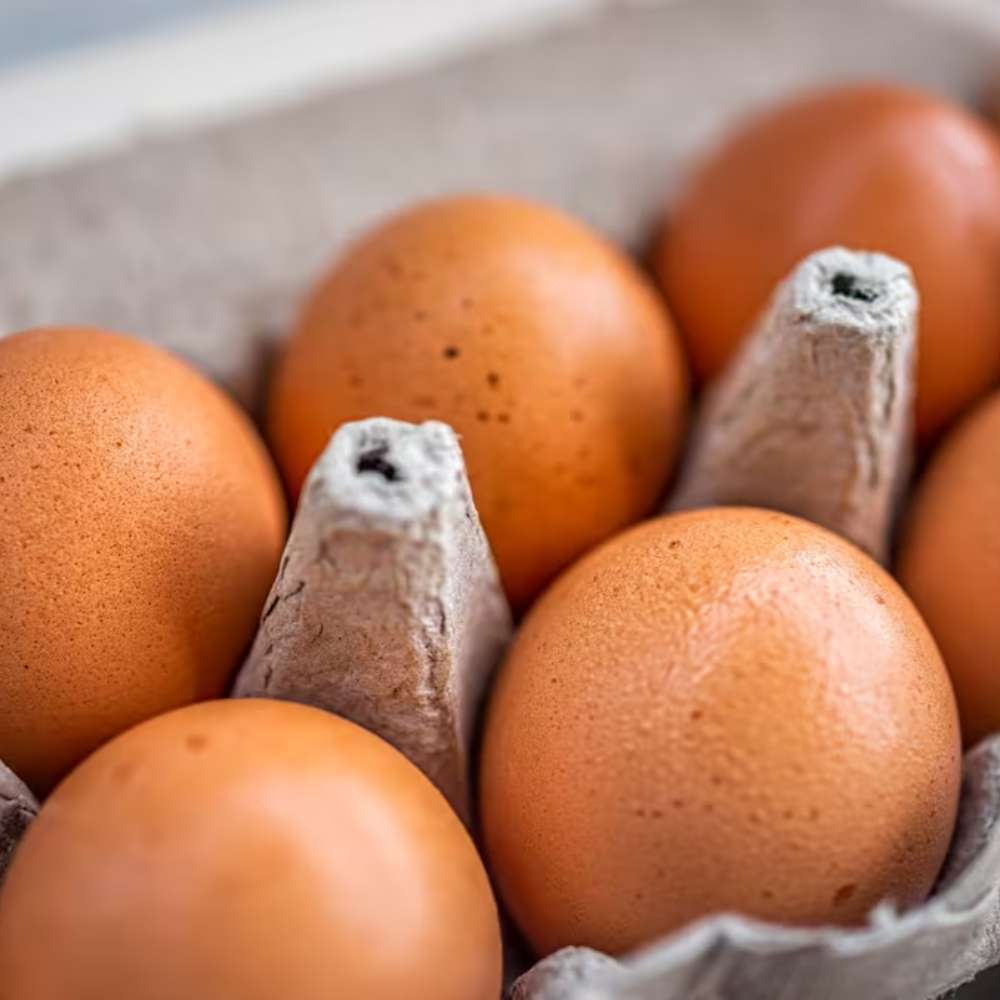Retail Egg Prices Hit New High as Holiday Demand Surges
In a surprising twist for American consumers, wholesale egg prices have soared to record levels just ahead of two major spring holidays—Passover and Easter. The average price for a dozen grade A large eggs reached $6.23 in March, marking a significant increase from $5.90 in February and $4.95 in January, according to data from the Bureau of Labor Statistics. This comes despite a recent and sharp decline in wholesale prices, which fell from $6.55 per dozen in late January to just $3.26 by the end of March, per the U.S. Department of Agriculture.
The surge in retail prices coincides with heightened consumer demand during Passover and Easter celebrations, both of which traditionally involve increased egg consumption. Easter, falling on April 20 this year, often prompts bulk purchases for decorating and holiday meals, while eggs play a key role in Passover traditions. This seasonal spike in demand has likely contributed to the price inflation that shoppers are now facing at the checkout.
Wholesale Decline, Retail Delay: Understanding the Lag
While wholesale egg prices have significantly decreased, the benefits have yet to reach grocery store shelves. President Trump previously attributed the initial decline in wholesale prices to his administration’s actions, including increasing egg imports and managing bird flu outbreaks, which had devastated poultry farms and caused nationwide shortages.
However, the drop in wholesale prices does not translate instantly into lower costs for consumers. Agricultural economist Jada Thompson from the University of Arkansas likens the situation to fluctuations in oil prices. “Just because the barrel price of oil goes down does not mean that gas prices immediately go down—there’s a delay here,” she explained. This lag is often due to retailers’ pricing strategies, inventory cycles, and efforts to recover financial losses incurred during periods of extreme price volatility
Retailers Hold Firm Amid Supply Chain Recovery
Retailers are exercising caution in adjusting prices downward, according to Thompson. Having sustained significant losses when wholesale egg prices were at their peak, many grocery stores are opting to sell their existing inventory at current rates before implementing price reductions. “They may be saying, ‘I’ve lost money over here, so I’m going to let what I have in stock go out at the price it currently is before I lower the price, to compensate for that earlier loss,’” she added.
The pricing strategy reflects broader supply chain dynamics, where recovery from disruptions—such as the widespread culling of chickens due to avian flu—takes time to stabilize. Even as egg production resumes and wholesale costs drop, the consumer experience may not improve immediately. For now, Americans preparing for holiday celebrations will need to budget more for this household staple, hoping that retail prices will eventually align with the downward trend in wholesale markets.
As the spring holidays pass and supply chains continue to normalize, consumers and analysts alike will be watching closely to see if wholesale egg prices finally come back down to earth.
Visit Mr. Business Magazine For The Most Recent Information.







